blog»Business Strategy»Red Envelopes to Digital Carts: The Global Impact of Chinese New Year on E-Commerce
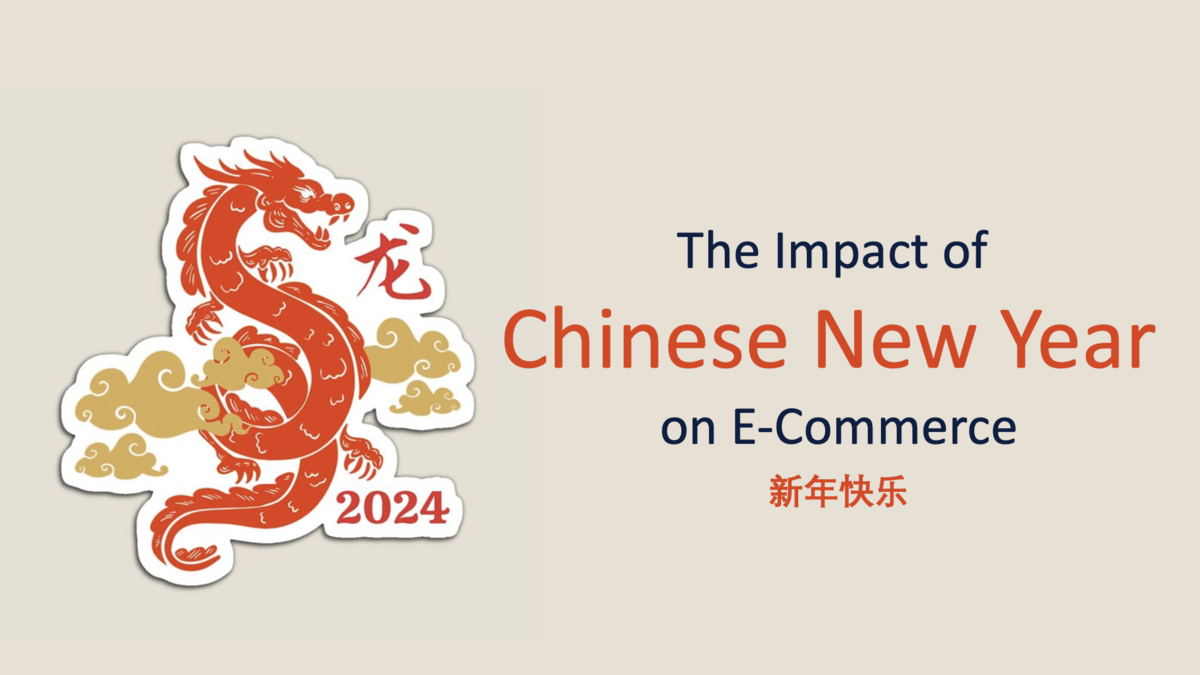
Red Envelopes to Digital Carts: The Global Impact of Chinese New Year on E-Commerce
2024/01/28
You can read this article in about 31 minutes
Introduction
As the red lanterns go up and the aroma of dumplings fills the air, the arrival of Chinese New Year isn’t just a celebration limited to China; it’s a global phenomenon that significantly impacts marketing and online shopping behaviors worldwide. This annual festival, rich in tradition and symbolism, has transcended geographical boundaries, influencing consumer trends far beyond its origins.
In this interconnected world, Chinese New Year has become a key cultural event that global brands and e-commerce platforms eagerly anticipate and integrate into their marketing strategies. From limited edition products that weave in the vibrant reds and golds of the festivities to innovative campaigns that resonate with the deep-rooted traditions of the holiday, the impact is widespread and diverse.
But why does this matter? As we delve into the ways Chinese New Year shapes global marketing trends and online consumer habits, we’ll uncover not just the commercial implications but also the cultural significance that drives this shift. From digital red envelopes to special New Year discounts, these strategies reflect a growing cultural fusion and the power of cultural celebrations in shaping global market dynamics.
Stay tuned as we explore the fascinating intersection of tradition, commerce, and technology in the context of Chinese New Year’s expanding global influence.
Chapter 1: Global Marketing Campaigns
When Chinese New Year rolls around, it’s not just a festivity marked by vivid colors and age-old traditions; it’s also a significant event in the global marketing calendar. This chapter explores how global brands harness the festival’s rich symbolism, not merely as a nod to cultural diversity but as a strategic foray into a globally diverse customer base.
Consider the prominent use of red and gold in these marketing materials. These colors, steeped in Chinese traditions, are emblematic of luck and prosperity. By weaving these hues into their campaigns, brands globally aren’t just paying tribute to Chinese customs; they’re tapping into universal themes of fortune and ambition.
Each year, the Chinese lunar calendar introduces a new zodiac animal, providing a fresh thematic twist to marketing strategies. This year, for example, is the Year of the Dragon, a symbol of power, strength, and good fortune. As a result, you might notice an uptick in dragon-themed marketing campaigns, creatively integrating this majestic creature into everything from advertising visuals to product designs.
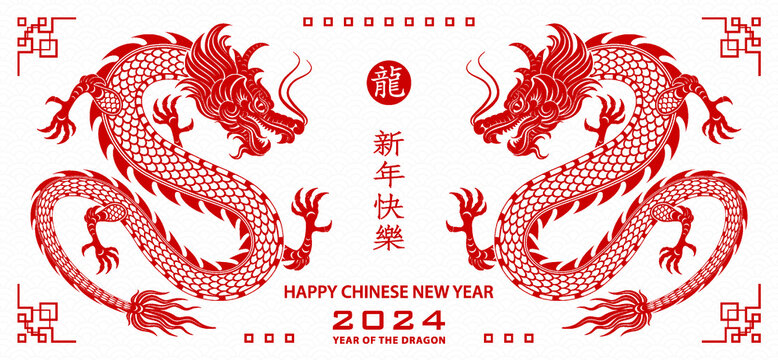
Navigating the cultural nuances of these campaigns is crucial. The most impactful ones are those that thoughtfully and respectfully incorporate cultural elements, often achieved by collaborating with experts or artists from the community. This approach not only resonates with those celebrating the festival but also appeals to a global audience that values cultural sensitivity and authenticity.
In summary, Chinese New Year offers a unique opportunity for brands to demonstrate cultural insight and forge deeper connections with consumers worldwide, transcending beyond mere commercial transactions to meaningful cultural engagement.
Chapter 2: Limited Edition Products
Around Chinese New Year, the magic of exclusivity takes center stage as brands worldwide unveil limited edition products. These items are a clever blend of cultural homage and marketing ingenuity, designed to captivate both celebrants of the festival and global collectors.
Take, for example, the highly sought-after limited edition Starbucks mugs. Each year, these mugs feature unique designs that celebrate the specific qualities of the Chinese zodiac animal of the year. In the Year of the Dragon, you might find mugs adorned with elegant dragon motifs, symbolizing power and good fortune. These aren’t just coffee mugs; they’re collectibles that encapsulate the essence of the festival, making them highly desirable to consumers and collectors alike.
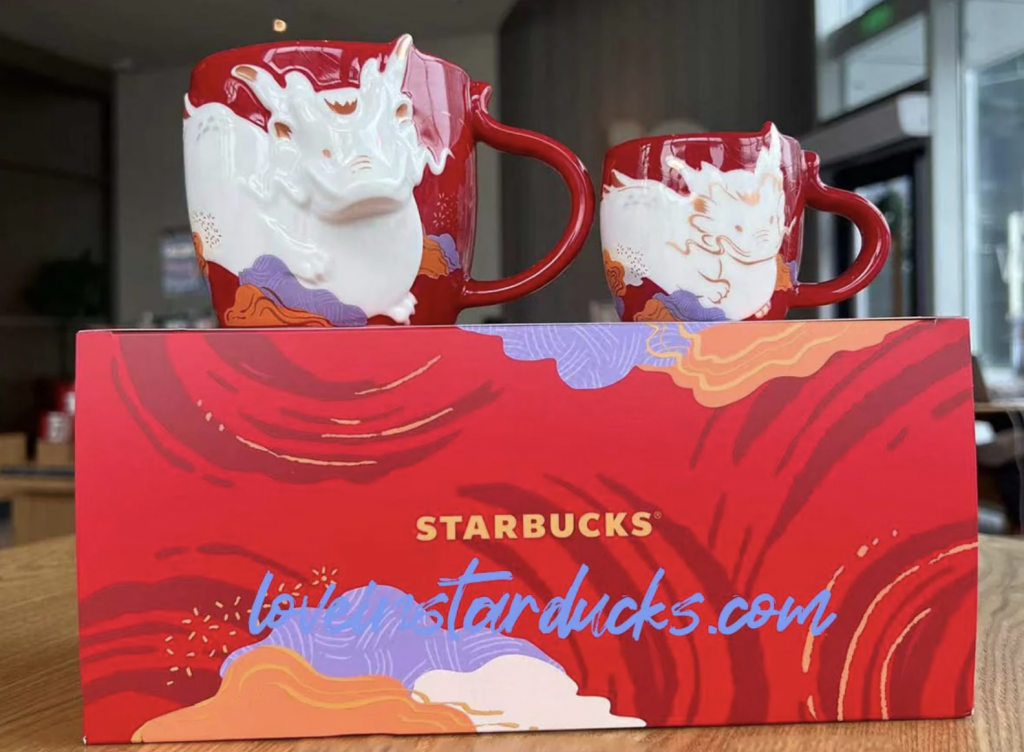
These limited edition releases often go beyond mere aesthetics. They represent a collaboration between Western brands and Chinese artists or designers, bringing together a fusion of styles that are both culturally respectful and creatively novel. This synergy not only bolsters the authenticity of the products but also helps brands reach new markets and audiences.
The allure of these products lies in their ability to offer exclusivity and cultural insight. They become more than mere merchandise; they are collectible art pieces, conversation starters, and embodiments of a brand’s global perspective and cultural acumen.
Through these special editions, brands are not just leveraging a profitable sales opportunity; they are crafting narratives of cultural celebration and inclusivity, resonating powerfully throughout and beyond the Chinese New Year festivities.
Chapter 3: Influence on Fashion and Retail
The sartorial world embraces Chinese New Year with a blend of tradition and contemporary flair, significantly influencing both fashion and retail sectors. This chapter explores how this festive season is reflected in style trends and retail experiences.
Fashion lines during this time often incorporate the auspicious red and gold colors associated with the festival, symbolizing luck and prosperity. These hues find their way into various collections, ranging from elegant evening wear to trendy streetwear, all carrying a touch of festive spirit.
The zodiac animal of the year also inspires fashion. For instance, in the Year of the Dragon, dragon motifs become a popular design element in clothing and accessories, adding a culturally rich and visually captivating aspect to the fashion items.
Luxury brands particularly embrace this trend with enthusiasm. A notable example is Gucci, which often releases special edition items that seamlessly blend their iconic style with elements of Chinese New Year. Imagine a Gucci handbag adorned with subtle dragon embroidery or a scarf featuring elegant, intertwined dragon patterns – these pieces don’t just pay homage to the festival, they become sought-after fashion statements.
Retailers, too, join in by revamping their store designs to reflect the Chinese New Year theme, creating an immersive and festive shopping environment.
In summary, the fashion and retail industries not only observe Chinese New Year but actively celebrate it, merging tradition with modern fashion to create a unique and engaging consumer experience globally.
Chapter 4: E-Commerce Sales and Promotions
The digital marketplace buzzes with activity during Chinese New Year, as e-commerce platforms and online retailers launch special sales and promotions to capitalize on the festive shopping surge. This chapter delves into how these digital marketplaces adapt and thrive during this significant period.
During Chinese New Year, online shopping platforms often see a spike in traffic, as consumers look for deals and special items to celebrate the occasion. To cater to this demand, e-commerce sites typically roll out a series of promotions, discounts, and limited-time offers. These might include price cuts on festive-related products, flash sales, or exclusive online-only deals.
Additionally, many platforms also introduce themed promotions that align with the Chinese New Year. For instance, you might find “Year of the Dragon” deals, offering discounts on dragon-themed products or categories that metaphorically represent the qualities of the dragon, like strength and vitality.
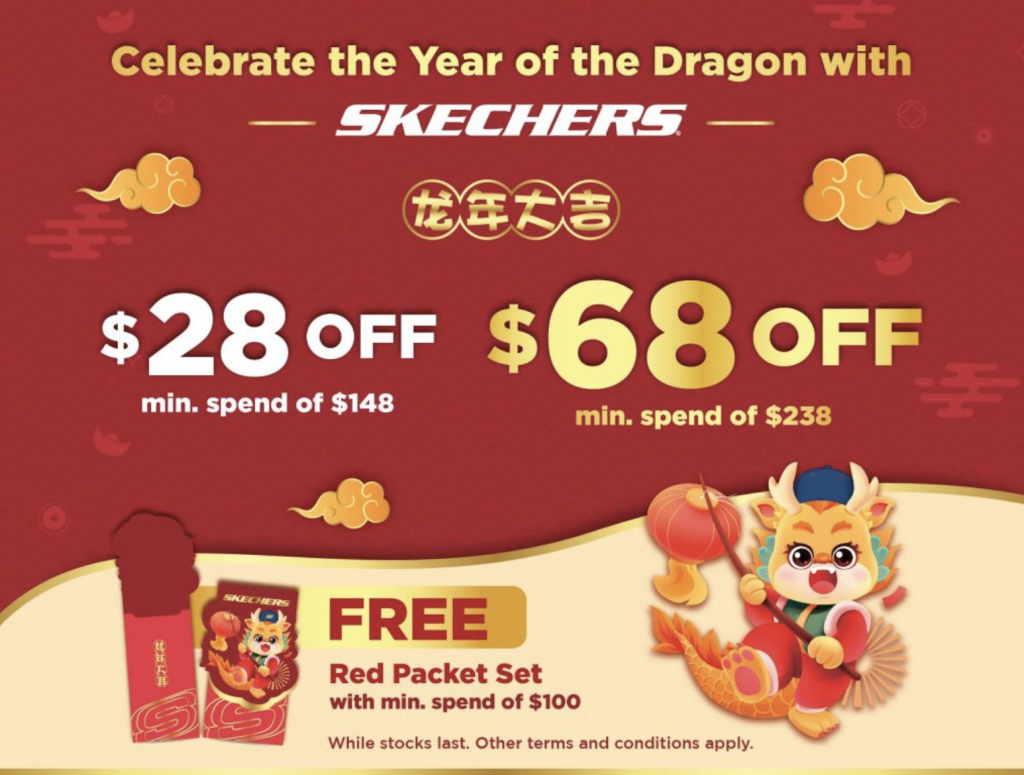
Loyalty programs and reward points often get a festive twist as well, with extra points or special rewards offered during this period. This strategy not only drives sales but also enhances customer engagement and loyalty.
Moreover, with an increase in online shopping, e-commerce platforms invest in targeted marketing campaigns, using data analytics to offer personalized shopping suggestions and promotions. This data-driven approach helps in tapping into customer preferences, making the shopping experience more relevant and enjoyable.
E-commerce during Chinese New Year is not just about boosting sales; it’s a dynamic period where digital shopping experiences are enhanced to align with the celebratory mood, thereby creating a win-win situation for both businesses and consumers.
Chapter 5: Cultural Awareness and Sensitivity
In the realm of Chinese New Year marketing, striking the right balance between cultural celebration and sensitivity is crucial. This chapter highlights the importance of cultural awareness in marketing and the fine line between cultural appreciation and appropriation.
Brands that excel in this area often collaborate closely with cultural experts or engage directly with the Chinese community to ensure their campaigns are authentic and respectful. A notable example is Apple, which has been praised for its thoughtful Chinese New Year campaigns. Apple’s approach often involves storytelling that resonates with cultural values, utilizing local artists and narratives that reflect the true spirit of the festival. This not only helps to avoid stereotypes but also creates campaigns that genuinely connect with both Chinese and global audiences.
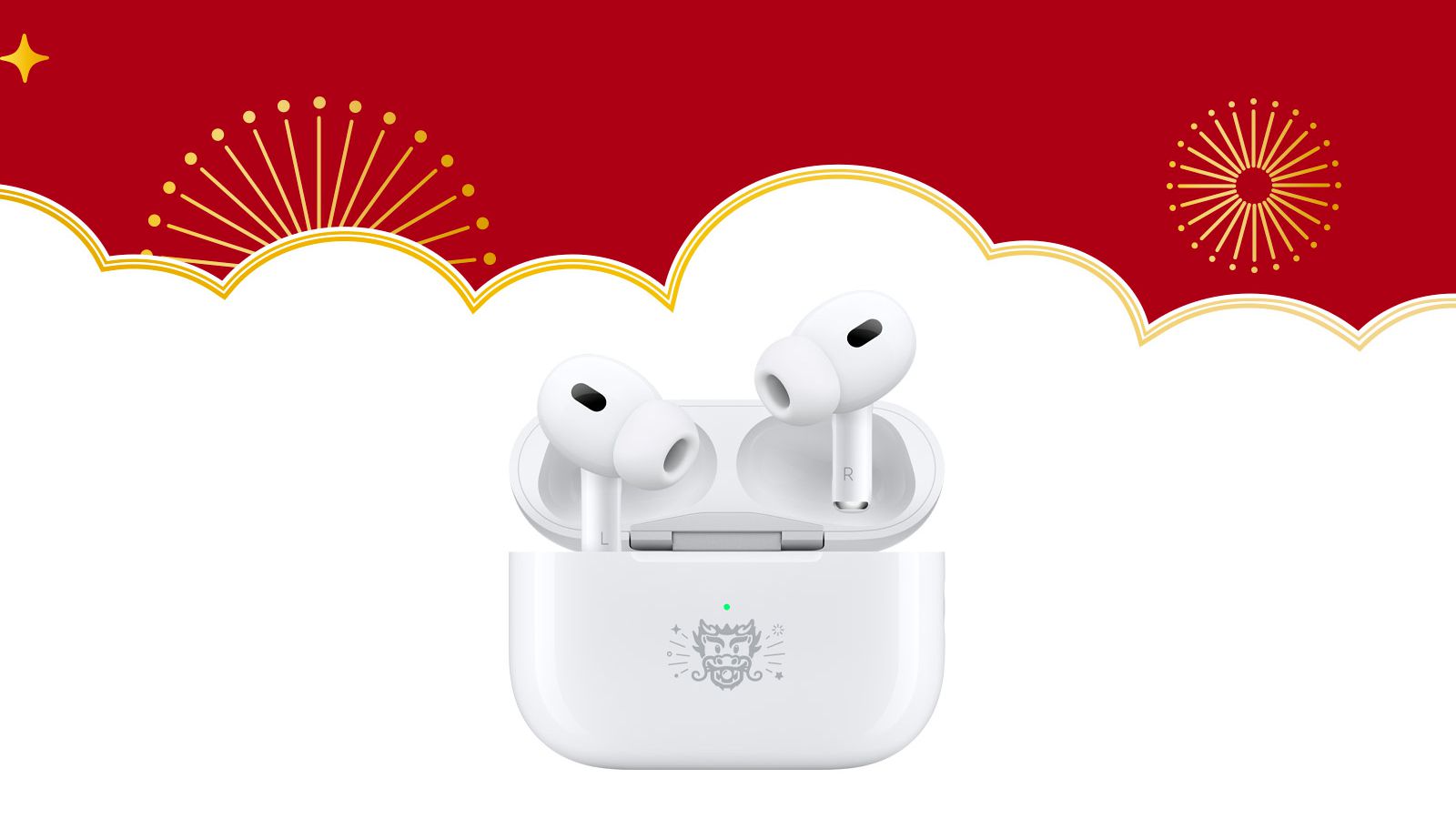
However, there are instances where brands miss the mark, failing to understand the cultural significance of certain symbols or traditions, leading to charges of cultural insensitivity or appropriation. Such blunders can damage a brand’s reputation and alienate consumers who value authenticity and respect in cultural representations.
In today’s culturally aware consumer market, brands are expected to exhibit a high level of cultural understanding. Navigating the cultural nuances of Chinese New Year requires an informed and sensitive approach, aiming to celebrate and honor the festival’s traditions, rather than merely exploiting them for commercial gain.
Cultural awareness and sensitivity in marketing go beyond avoiding controversy; they’re about forging deeper, more meaningful connections with a diverse global audience, showing that a brand values and respects different cultural heritages.
Chapter 6: Impact on Digital Payment Platforms
The digitalization of traditional customs, especially the giving of red envelopes (hongbao), underscores the adaptability of cultural practices in the modern era. This chapter explores how Chinese New Year has influenced digital payment platforms, not just within China, but globally.
Historically, the giving of red envelopes filled with money is a central tradition of Chinese New Year, symbolizing good luck and prosperity. In recent years, this practice has been revolutionized by digital payment platforms. Apps like WeChat and Alipay in China have popularized sending virtual hongbaos, a trend that’s catching on globally with similar features being adopted by international payment apps.
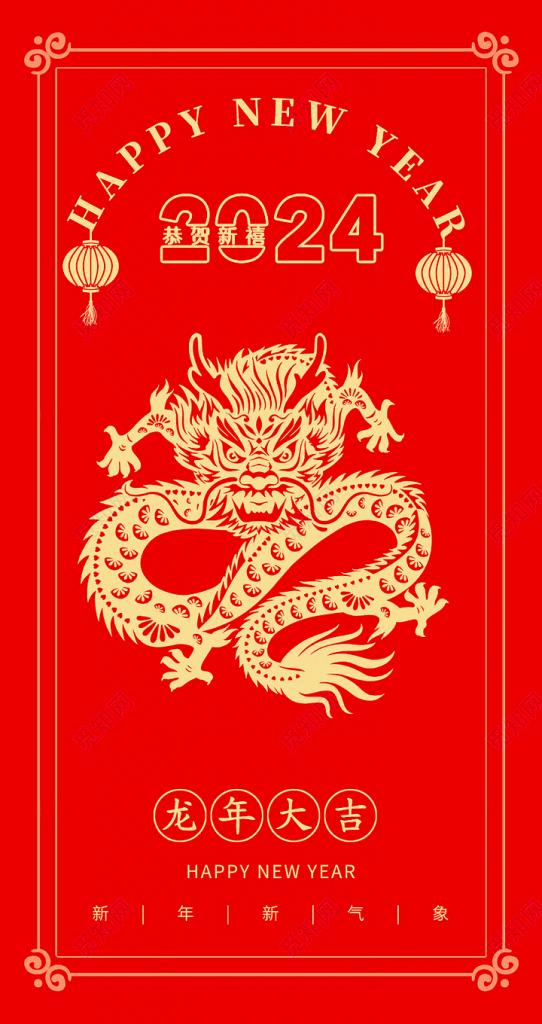
This digital shift hasn’t just modernized a longstanding tradition; it’s also influenced online shopping behavior. E-commerce platforms often tie promotions and discounts to the use of these digital payment methods during the festival season, encouraging more consumers to engage in online shopping and digital transactions.
Furthermore, the integration of these digital payment methods has facilitated cross-border transactions, making it easier for the global Chinese diaspora and other consumers to partake in Chinese New Year shopping traditions. This ease of transaction is crucial in an increasingly globalized world, where cultural practices transcend borders.
The influence of Chinese New Year on digital payment platforms illustrates a fascinating blend of tradition and technology, showcasing how cultural practices can evolve and integrate seamlessly into the digital age, enhancing both convenience and cultural relevance.
Chapter 7: Influence on Logistics and Supply Chain
The Chinese New Year significantly impacts global logistics and supply chains, particularly in the surge of online shopping associated with the festival. This chapter examines how this annual event affects the movement of goods worldwide and the strategies businesses employ to cope with these changes.
During the Chinese New Year period, China, being a major global manufacturing hub, slows down considerably as factories close and workers return home for the celebrations. This break in production can lead to delays in manufacturing and shipping, affecting businesses and consumers around the world. Companies anticipating these disruptions often stockpile inventory in advance or diversify their supply chains to mitigate the impact.
Additionally, the increase in demand for certain products related to the festival, such as traditional decorations, clothing, and gift items, puts pressure on logistics networks. Shipping companies and e-commerce platforms usually prepare for this uptick in demand by enhancing their operational capabilities, such as increasing warehouse staffing and optimizing delivery routes.

Moreover, the post-festival period often sees a surge in returns and exchanges, adding another layer of complexity to logistics operations. Businesses need to ensure they have robust return policies and efficient reverse logistics processes in place to handle this influx.
Understanding and planning for the logistical nuances of Chinese New Year is crucial for businesses to maintain smooth operations and high customer satisfaction. It’s a clear example of how cultural events can have far-reaching impacts on the global business landscape, influencing everything from production schedules to shipping strategies.
Chapter 8: Consumer Behavior Studies
Research indicates a significant increase in spending during Chinese New Year, not only within China but also in countries with substantial Chinese communities. The festival spurs purchases in specific categories such as luxury goods, traditional attire, and festive foods. These trends are often reflected in increased sales figures for businesses that cater to these demands.
Online shopping behaviors also shift during this period. Consumers tend to plan their purchases well in advance of the festival to ensure timely delivery, particularly for items intended as gifts. This planning behavior affects the timing of marketing campaigns and promotions offered by e-commerce platforms.
Furthermore, studies show an uptick in travel-related spending around Chinese New Year, as many people travel to be with family or take advantage of the holiday period for vacation. This trend impacts not just the travel industry but also retail sectors in popular tourist destinations.

Consumer behavior studies around Chinese New Year offer valuable insights into the changing preferences and habits of shoppers. For businesses, these insights are crucial in tailoring their strategies to meet the evolving needs and expectations of their customers during this festive season.
Chapter 9: Case Studies of Exceptional Chinese New Year Campaigns
In the world of global marketing, some companies have excelled in creating Chinese New Year campaigns that not only capture the festive spirit but also resonate culturally. This chapter presents three standout examples from Disney, Adidas, and McDonald’s, each showcasing a unique approach to celebrating this significant festival.
Disney’s Cultural Celebration: Disney’s approach to Chinese New Year often involves integrating beloved characters into the festivities in a way that honors the tradition. For instance, they released a special Lunar New Year collection featuring Mickey and Minnie Mouse in traditional Chinese attire. Their theme parks also host special events, with decorations and parades that blend Disney magic with Chinese New Year festivities, creating a culturally immersive experience that delights both young and old.
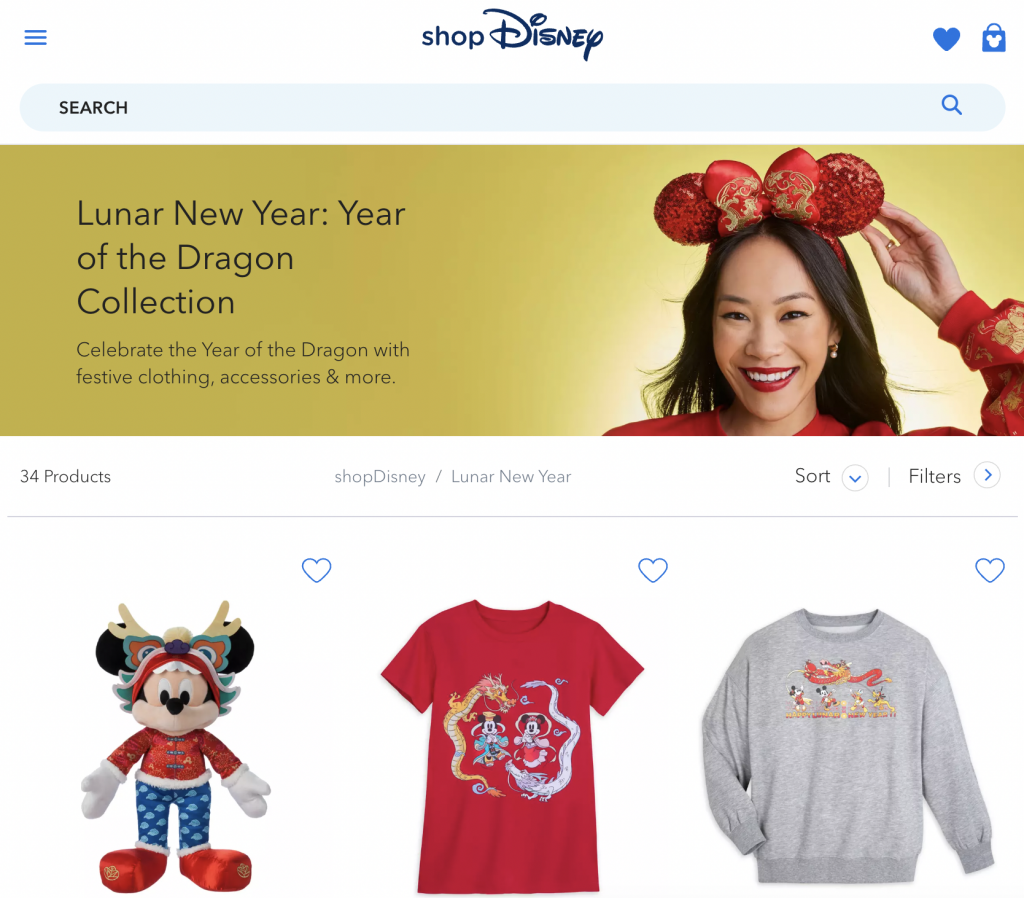
Adidas’ Creative Fusion: Adidas has successfully merged sportswear with cultural celebration in their Chinese New Year collections. They have released special edition sneakers and apparel that feature traditional Chinese designs and symbols, such as the zodiac animal of the year. These designs are not just aesthetically pleasing but also embody the spirit of the festival, making them popular among both sneakerheads and those celebrating the New Year.
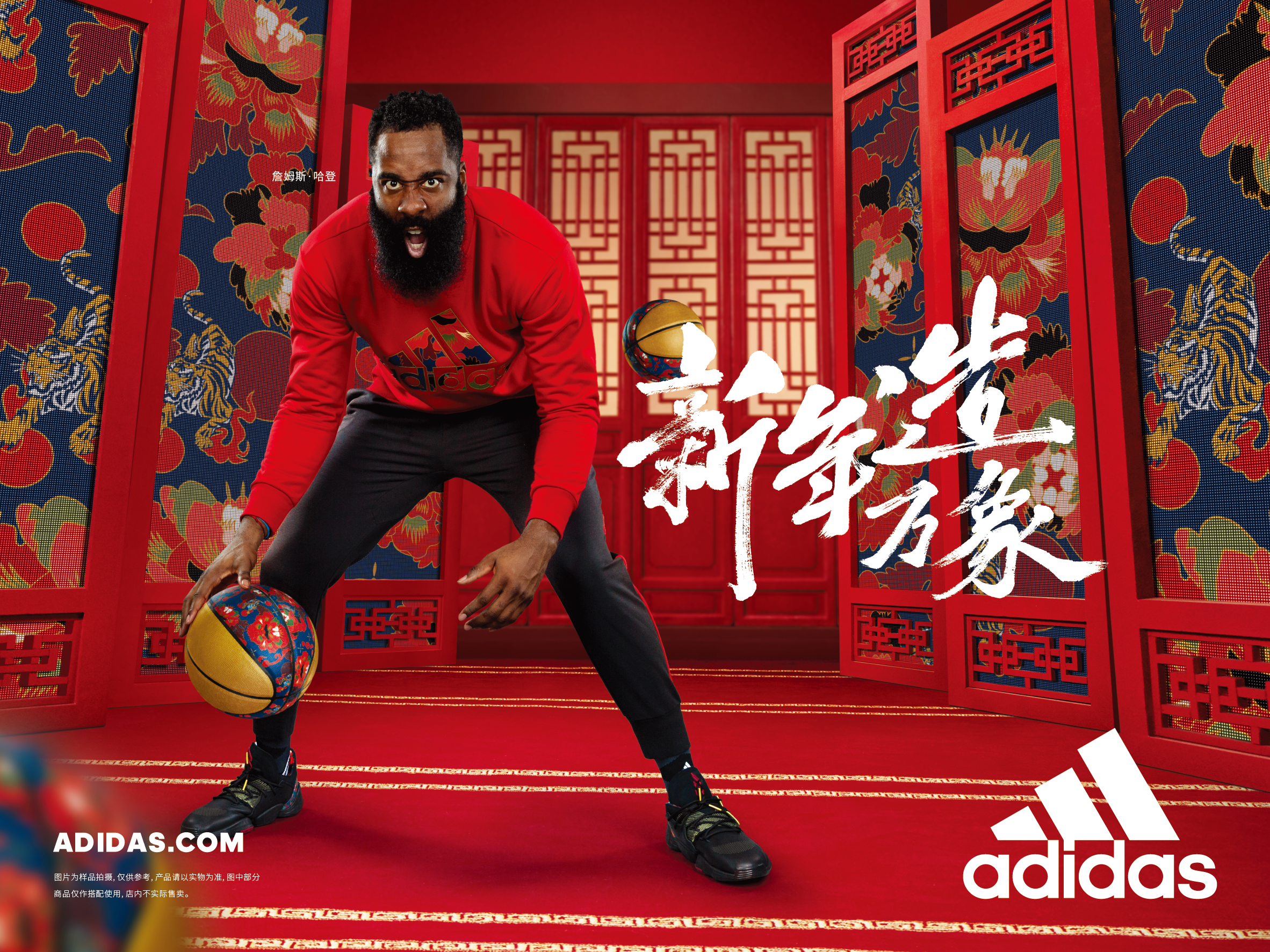
McDonald’s Festive Flavors: McDonald’s has tailored its menu to reflect the essence of Chinese New Year in regions with significant Chinese populations. They’ve introduced items like the Prosperity Burger in Asia, which becomes a seasonal favorite during the festival. Their outlets are often decorated with Chinese New Year themes, and they run promotions and ads that align with the festive mood, showing an understanding of and respect for the cultural significance of the holiday.

These case studies exemplify how global brands can successfully engage with cultural celebrations like Chinese New Year. By incorporating elements of the festival in ways that are authentic and respectful, Disney, Adidas, and McDonald’s have not only boosted their brand appeal but have also contributed to the global tapestry of cultural celebration.
Chapter 10: Future Trends
As we look towards the future, the influence of Chinese New Year on global marketing and online shopping is poised to evolve in exciting ways. This final chapter speculates on the potential trends and shifts that may shape how this cultural celebration impacts the global market.
Technology, particularly augmented reality (AR) and virtual reality (VR), is likely to play a significant role. We can expect to see more immersive marketing experiences, where consumers can engage with Chinese New Year themes in interactive and innovative ways. This could range from virtual store tours decorated for the festival to AR filters allowing users to try on themed apparel and accessories.
Sustainability is another trend that is likely to influence future Chinese New Year campaigns. As global awareness of environmental issues grows, we may see a shift towards more eco-friendly products and packaging in festival-related merchandise. Brands might also focus on promoting sustainable practices in their Chinese New Year marketing narratives.
Furthermore, the increasing importance of inclusivity and cultural sensitivity in marketing means future campaigns will likely become even more nuanced and respectful. Brands will continue to deepen their understanding of Chinese culture to create campaigns that are not only visually appealing but also culturally enriching.

In conclusion, the celebration of Chinese New Year will continue to offer unique opportunities for brands to connect with consumers globally. Through a blend of technological innovation, environmental consciousness, and cultural respect, future marketing strategies for this festive season are set to become more engaging, responsible, and inclusive.